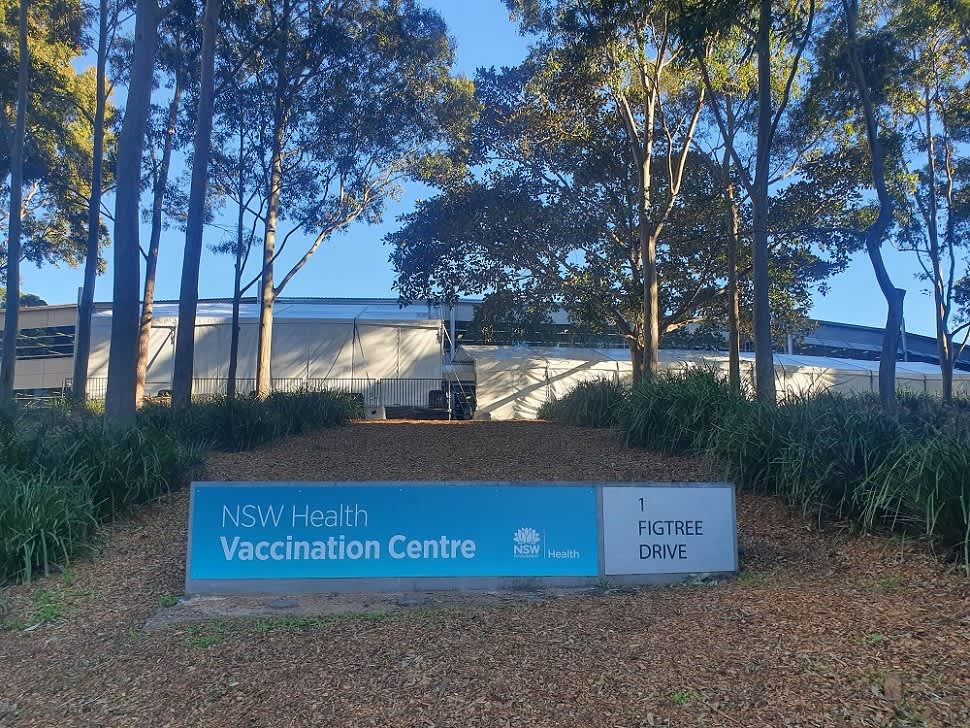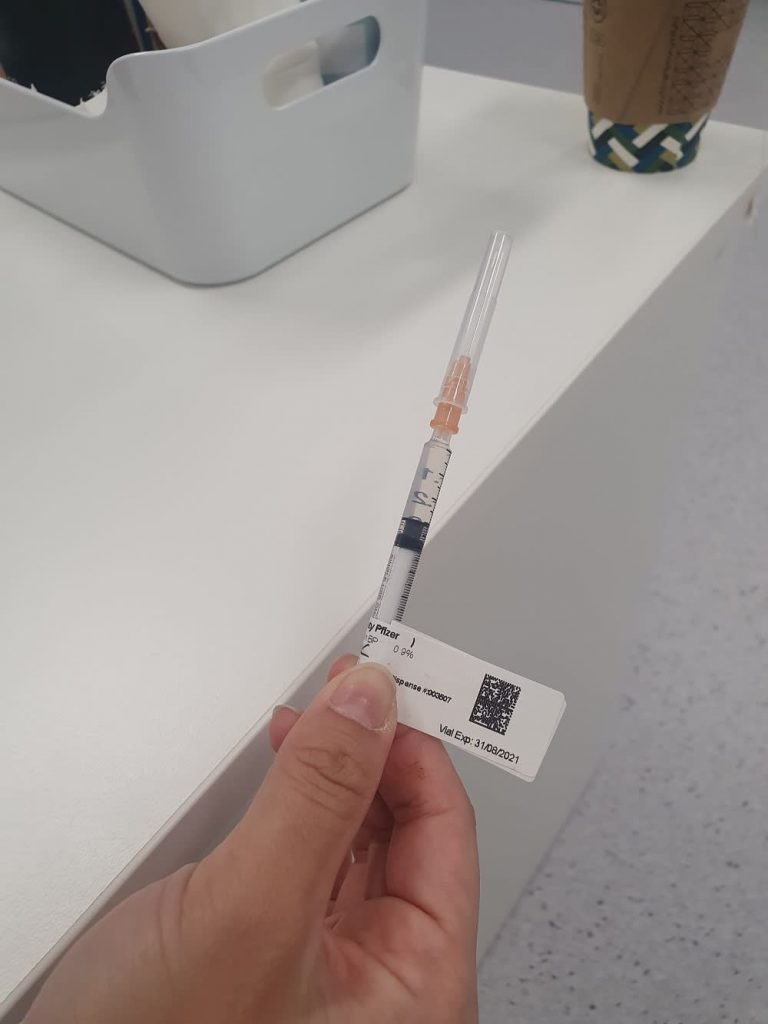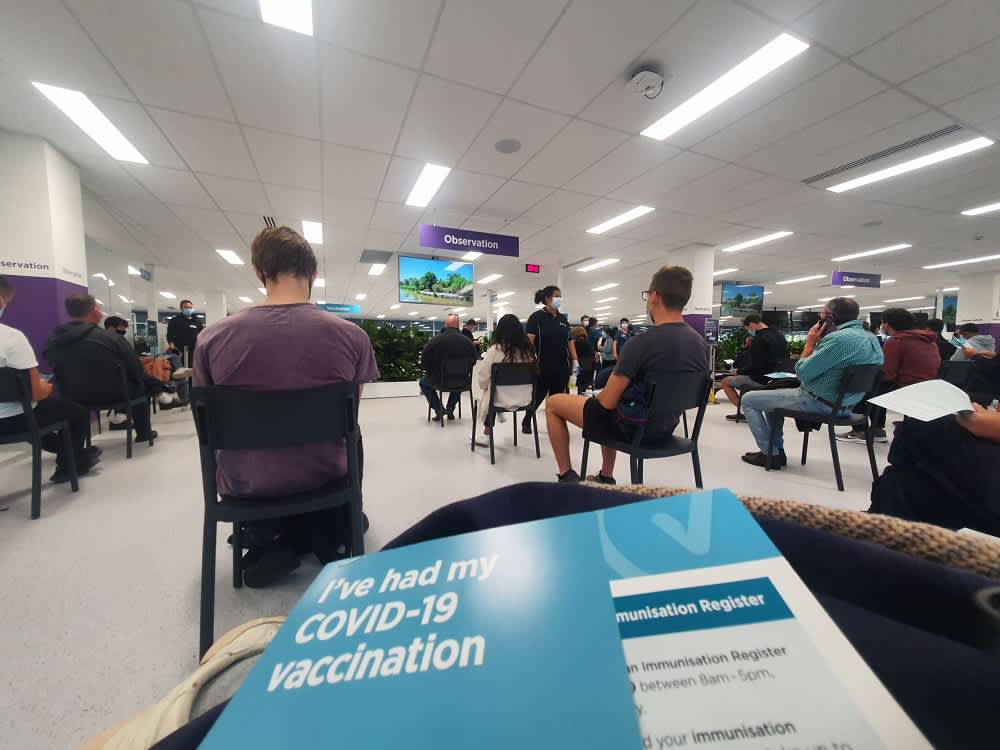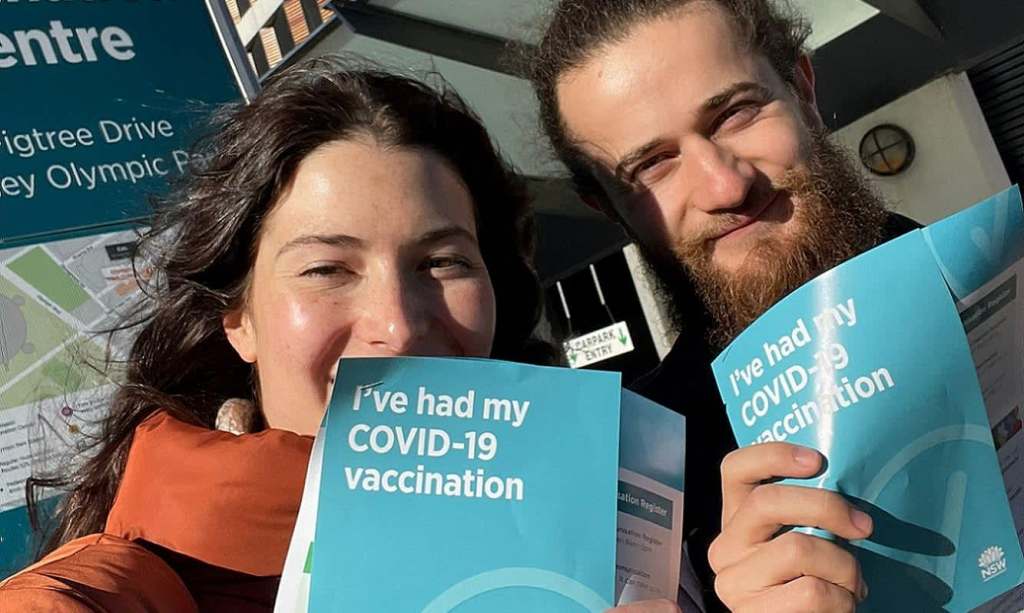It’s been a little over a year since COVID shook up life as we know it, and now, some 478 days since the virus was first detected in Australia, I’ve just been vaccinated with the Pfizer vaccine. I truly can’t wait to find out what my mutant powers will be. I’m hoping for teleportation, or maybe just not being hungry and having to cook all the time, but I could still eat if I wanted to.
In all seriousness, getting the COVID vaccine was not a big deal. In Australia, we’ve now managed to vaccinate three million people, which is a big step up from the 600,000 we had delivered by the end of March. That number however was 85% lower than the target set by the federal government.
Although the vaccine programme is ramping up, we are still woefully slow compared with the rest of the world, and the government has abandoned all vaccine targets. Instead, Prime Minister Scott Morrison has said the government is “just getting on with it” and hopes to have at least the first dose administered to nearly everyone by October 2021.
At the current rate of roughly 428,000 vaccinations per week, however, we’re not looking at having everyone fully vaccinated until January 2023.
Picking up the pace

Australia had initially planned for a GP and pharmacy-led approach, allowing medical practitioners who know their patients to administer vaccines, as opposed to opening mass vaccination centres like the US and the UK.
That appears to be changing though as NSW has just opened its first mass vaccination centre at Olympic Park in Western Sydney.
This is where I got my first dose this morning, with a second scheduled in two weeks.
Olympic Park is a big, slightly sterile kind of place; the sort of area you would expect Australia’s largest medical operation to have an outpost.
I parked my car, followed the signs to the vaccination centre, and soon found my way to the lines of people surrounded by yellow-vested, masked-up stewards.
It was 8.10am and there was already a queue of around 50 people waiting to be processed. One of the stewards told us the centre had vaccinated around 5,000 people over the past three days and expects to vaccinate a further 5,000 today. The maximum capacity for the site appears to be 8,000 per day, which it may reach when the AstraZeneca vaccine is distributed at the same time as the current Pfizer vaccine.
I’m 27 and relatively fit and healthy. I don’t work in frontline healthcare or in emergency services, so it felt a bit wrong for me to be getting the vaccine before so many who probably need it more.
I do however live with two nurses. One is a student nurse and the other is an ER nurse who works on the COVID wards, so I understand why the government would have included me in their rollout strategy early.
How mass vaccination works

We had been given an online link to sign up for a vaccine appointment. The appointments are set 15 minutes apart, starting at 8am and finishing at 7pm, seven days a week. You can select a time that suits you and there seemed to be around 50 or so people per appointment slot.
As you come in, you show the QR code that you’ve been sent and are assigned a number on a slip of paper. You take that number through to the socially distanced waiting area and wait for your number to flash up on the screens in front. It’s not too dissimilar to waiting to be called at the RMS, only on a much larger scale.
People in line and those waiting around me seemed to be in a good mood, although it is always hard to gauge behind a mask. There wasn’t much opportunity for reflection or celebration at this triumph of medicine as the process was efficient and fast-moving.
I waited about five minutes for my number to be called up even though there were about 50 people in front of me when I arrived. There are lots of people on hand who seem friendly enough and willing to answer any questions you have.
This ‘pod’ – I’m told there are three – has around 40 vaccination stations and you simply walk along the rows of seats until you find the one you’ve been called to and sit down next to a nurse who has your name and information in front of them on their computer screen.
My nurse was a friendly, chatty lady who made casual small talk and asked why I was getting the vaccine early. I explained my living situation and she replied that the government is trying to get as many vaccines out as possible.
“There’s a lot people who don’t want the vaccine. A lot of 1A and 1B’s who have declined the vaccine,” she told me. “That’s why we’re opening it up to people who want it.”
All my health information was double-checked – do I have any clotting disorders? Have I had the flu vaccine in the past two weeks? Am I pregnant? – before she showed me the vaccine that I would receive.

The Pfizer dose currently being used in NSW is manufactured in Europe. Vaccines are made up a few hours before injection as they only have a six-hour shelf life once they are taken out of the fridge.
They’re made from a serum that is held at negative 80 degrees. Each vaccine is a 3ml dose made up of 0.3ml of actual vaccine, with the remaining 2.7ml being saline solution. Having a concentrated liquid that can then be watered down and distributed makes transport of the vaccine much more efficient.
Getting the jab didn’t hurt any more than any other vaccine, although my nurse housemate informed me it must be quite a thick solution as the needle was held in for a little longer than usual for a 3ml injection.
Once you’re done, you walk to another open-plan “observation” area to wait for a further 15 minutes amongst rows of other freshly vaccinated people. This is to see if you’ll have a reaction to the vaccine, which no one around me did.

As each minute passes, the staff announce the times of the people allowed to leave. Everyone is given a sticker with their time of vaccination and as the announcements are made, more people stand up to leave.
And that was it. Out the door and back into the world feeling exactly the same. Well, maybe a little overwhelmed by the speed of the process and the thought of what being immune to COVID-19 might mean in the future.
Side effects
As you leave, you are provided with a leaflet detailing any potential side effects you might experience from the vaccine over the following 1-2 days. These include:
- Pain, tenderness or local swelling in the arm where you had your vaccination.
- Feeling tired.
- Headache.
- General muscle or joint aches, or mild flu-like symptoms.
- Chills or a mild fever.
- Nausea.
While it’s only been a few hours, I don’t currently have any of these symptoms, apart from mild soreness in my upper arm where the injection went in.
There are some wild theories out there about vaccine side effects however so I thought I would take this opportunity to test a few out.
Currently, I don’t believe my personal 5G network has improved at all. Nor do I suddenly hear Bill Gates’ voice in my head.
Apparently, some people believe you can stick a magnet to your arm after the vaccine and it will stay there. I tried this out with a few fridge magnets and I am sad to report that this isn’t the case.
Tips for getting the vaccine
— Get there early, but not too early or you’ll be waiting around. Try aim to be at the vaccination centre around five to 10 minutes before your slot.
— The whole process moves quickly so you won’t really have time to hang out. Don’t bother bringing a book or anything like that.
— Wear loose-fitting clothing on your top half so the attendants can easily access your upper arm to give the jab.
— You’ll need to wear a mask. If you don’t have one, they provide them at the door.
— Try and eat something beforehand. I had not had breakfast and so felt somewhat lightheaded after receiving the vaccine which would have been helped by some breakfast.
— Have your confirmation text or email up and ready to go on your phone. You’ll need the QR code sent to you via email as soon as you walk through the doors.
— Try not to think too much about it. The nurses are friendly and they’ll probably try and distract you with conversation as you get the jab.
Overall, it was a very painless process and one that hopefully many more Aussies will get to experience sooner rather than later.
Read more stories from The Latch and subscribe to our email newsletter.







